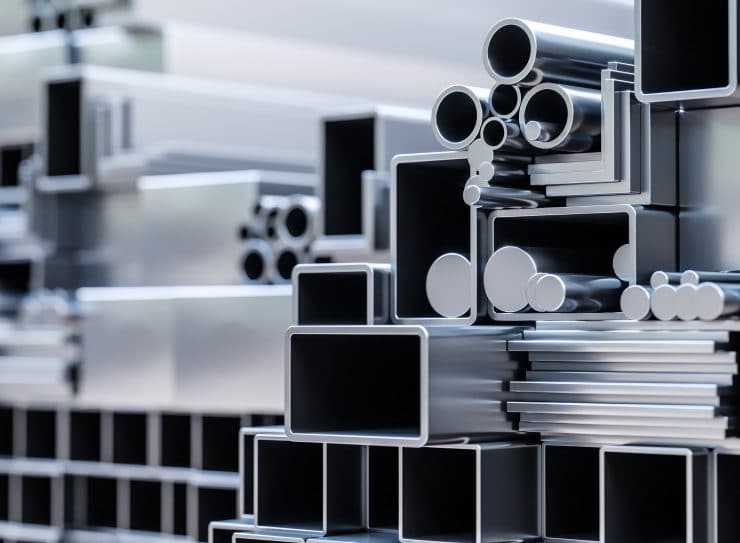9 May 2022
Realising the EU’s 2050 sustainability and industrial leadership objectives with aluminium
This blogpost series by the European Liberal Forum engages with policymakers, industry experts and academics to contribute to a better understanding of how to shape the “Road to net-zero” in the context of the EU sustainable transition.

